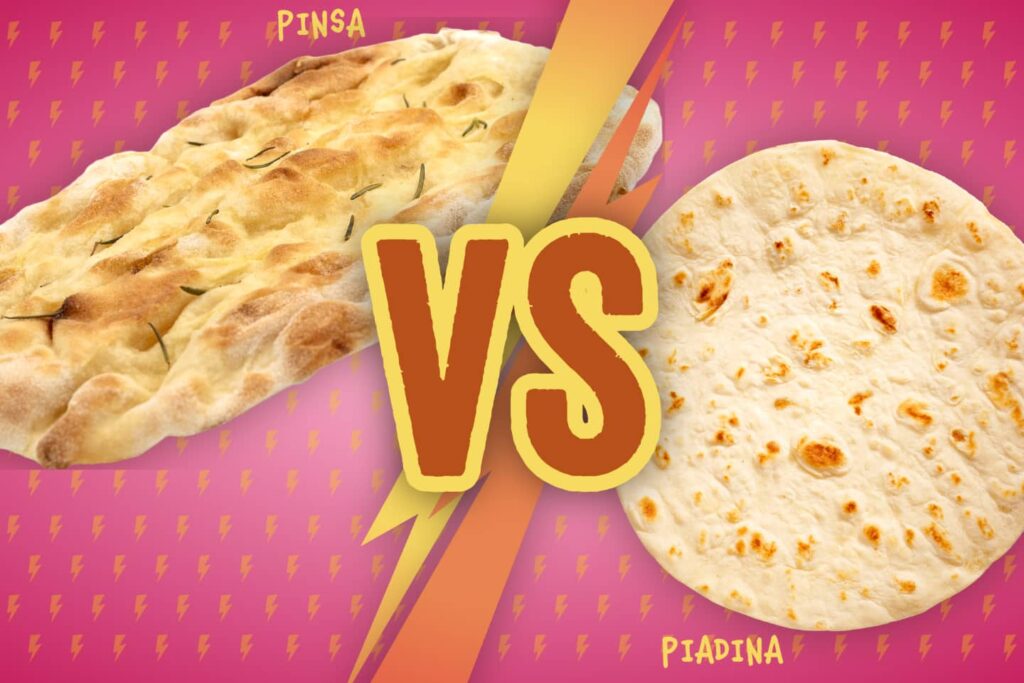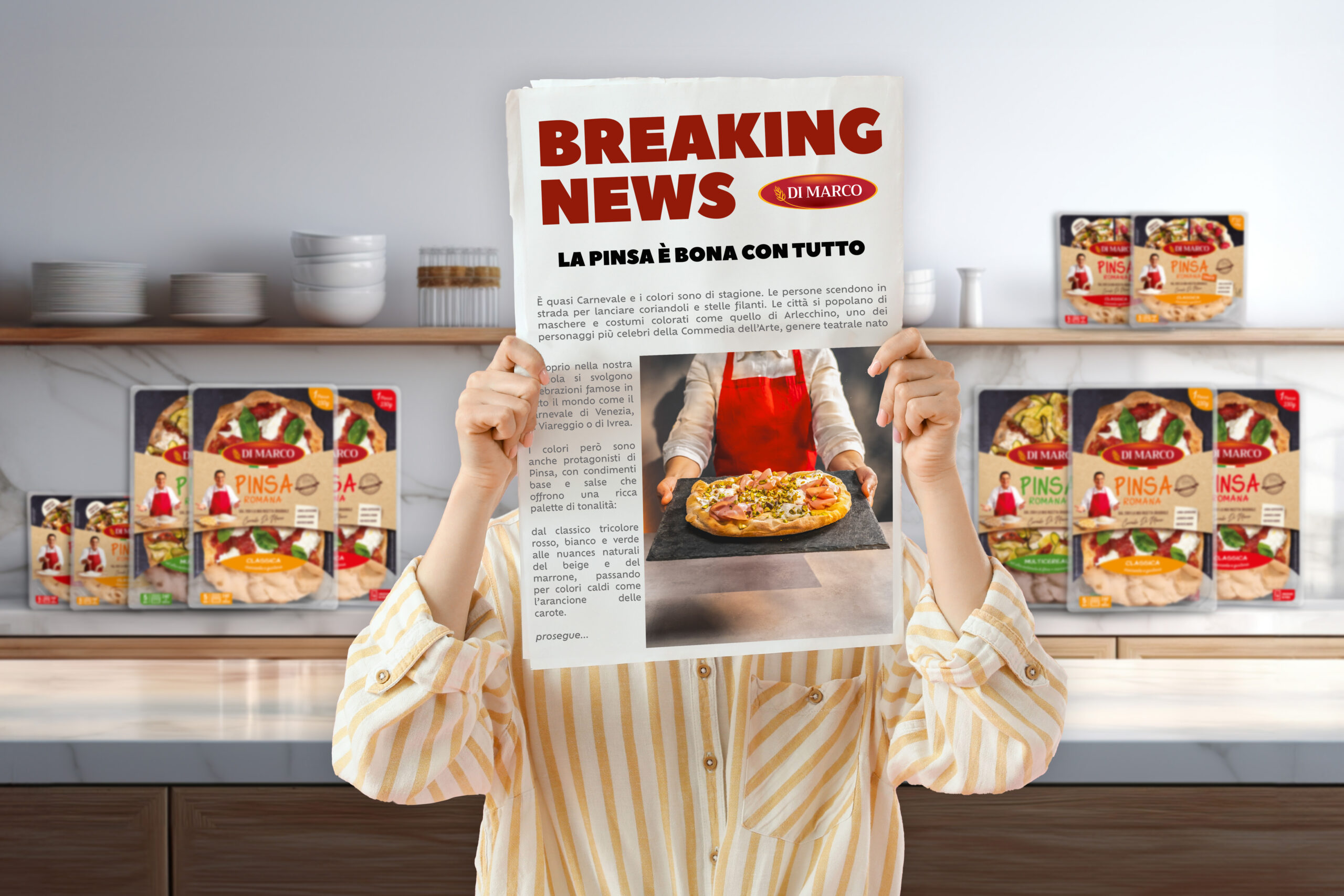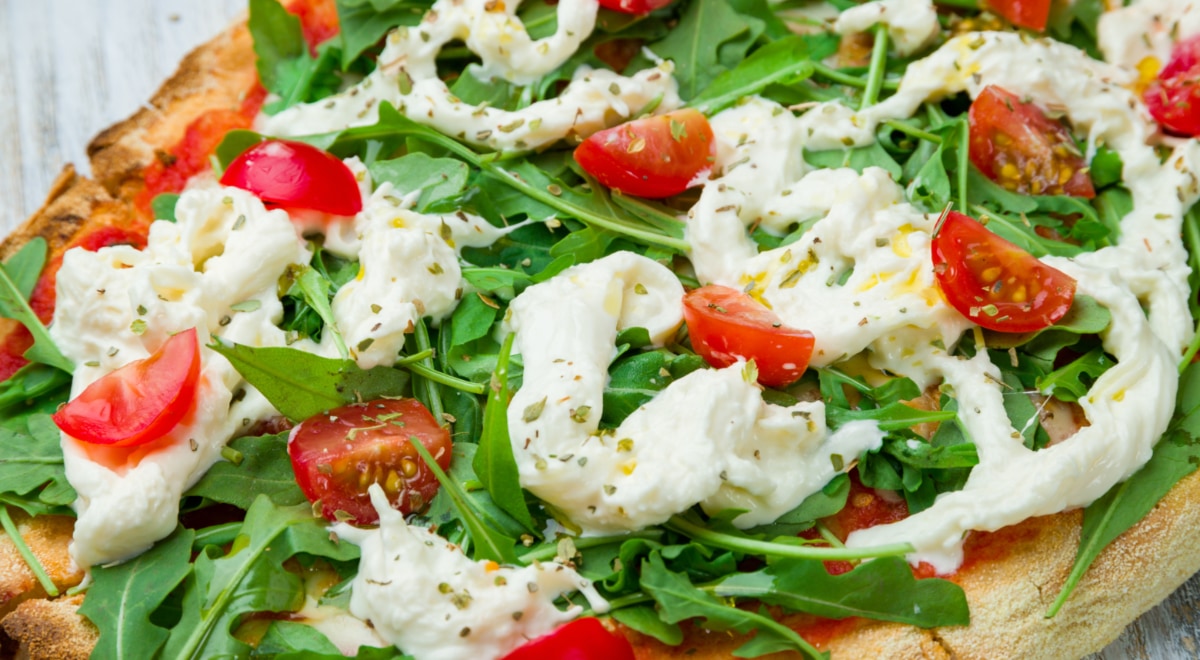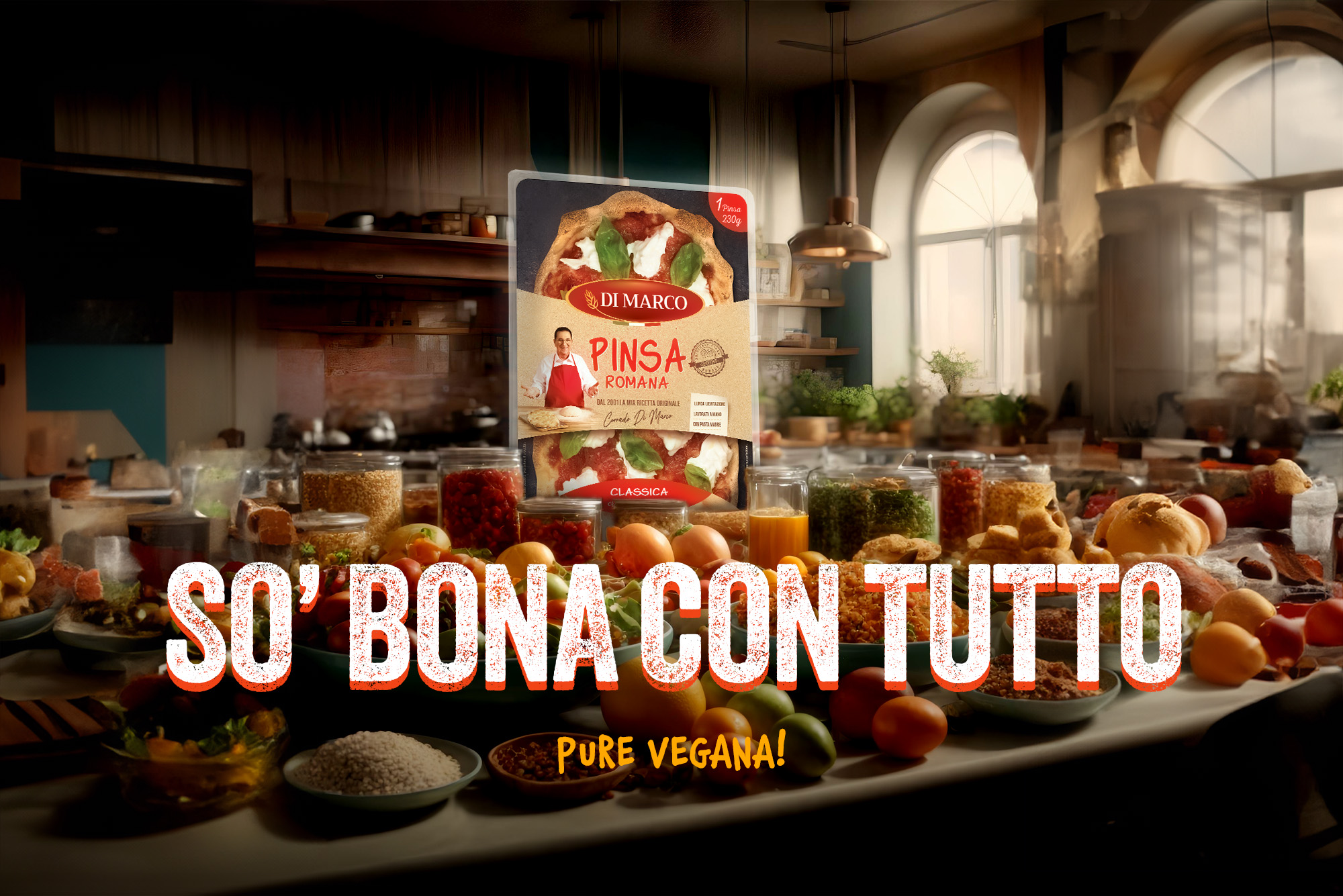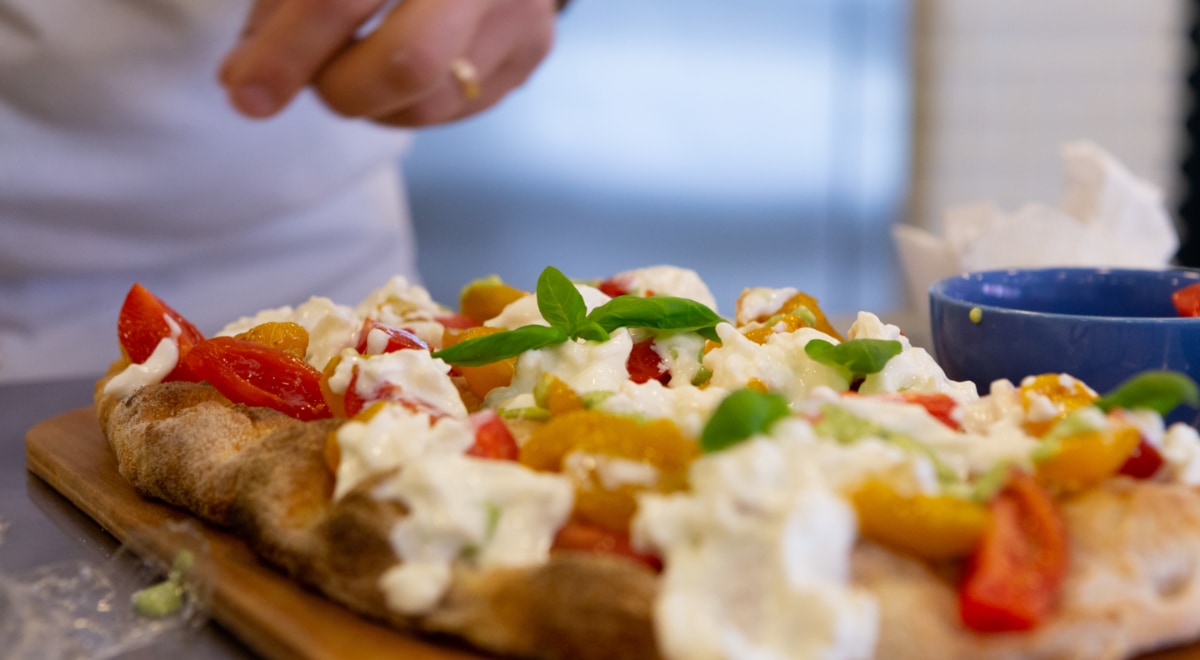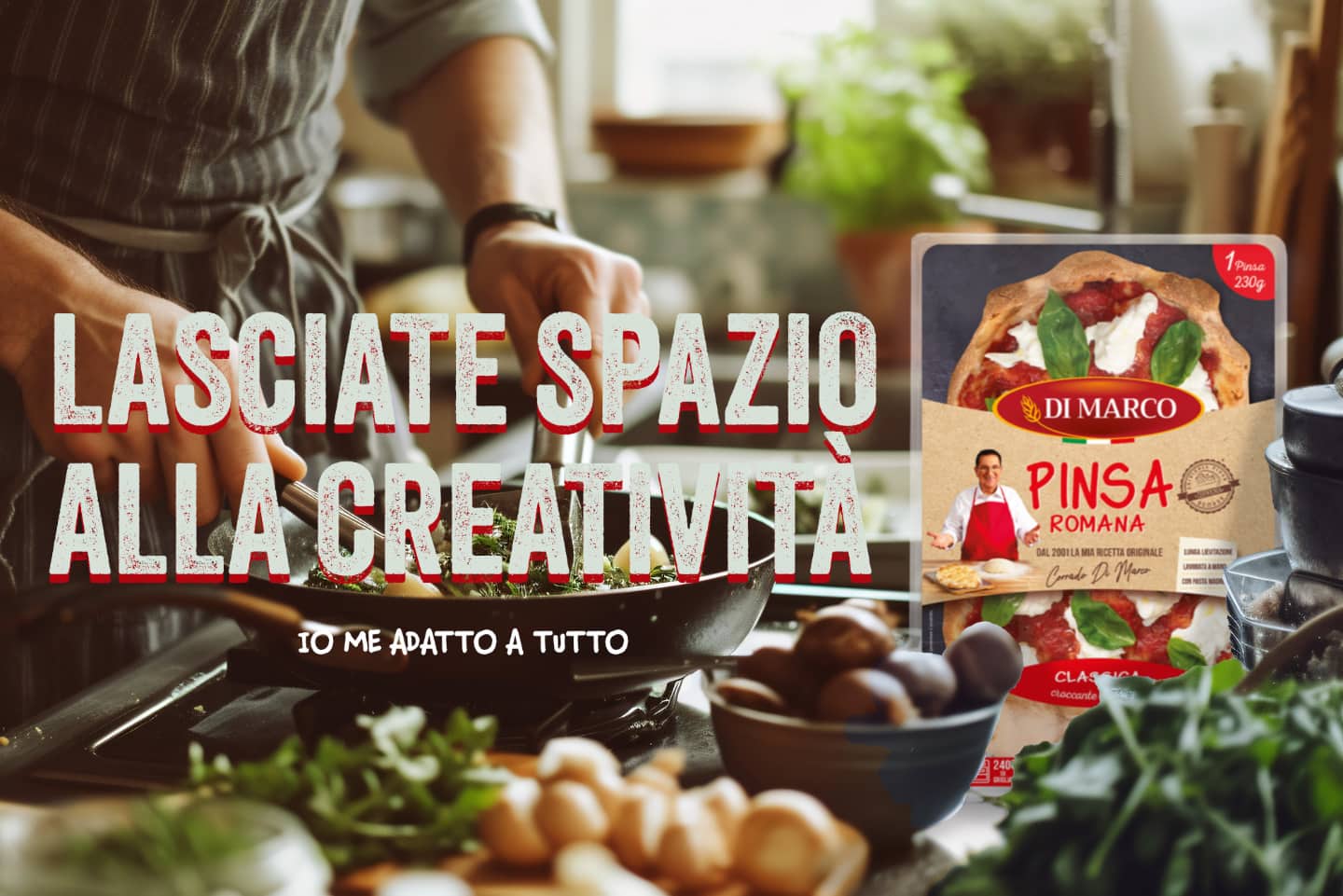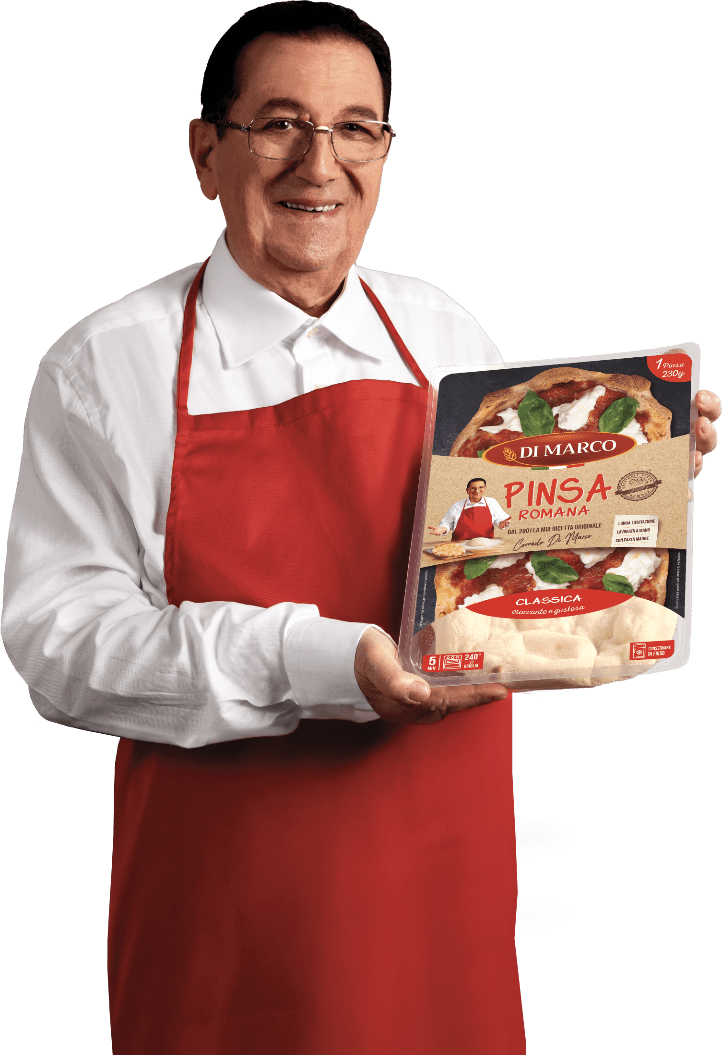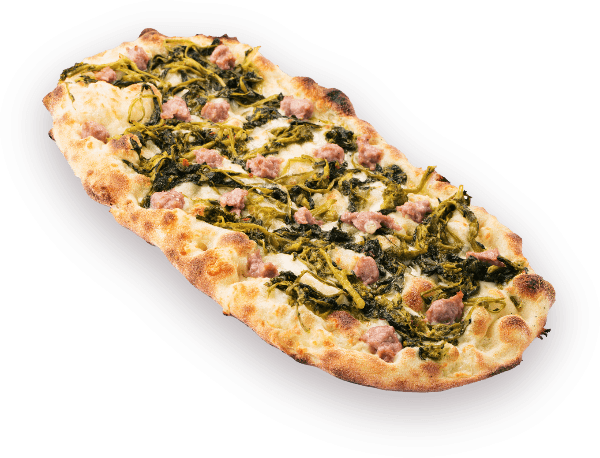When it comes to pinsa, the most natural pairing is with pizza. Yet, there are so many pillars of the Italian culinary tradition it coexists with, and which base their reputation on a very solid tradition. Among these is the piadina romagnola.
To contrast the two foods, in a strictly speaking pinsa vs piadina clash, would certainly be excessive. However, comparing the two dishes might be interesting to understand the strengths of both and people’s perceptions about them.
Pinsa Vs. Piadina, act 1: the history
Piadina is an Italian specialty with ancient roots that enjoys great popularity. Originating in Romagna and with a centuries-old history, it is a thin, unleavened flatbread made of wheat flour that is baked on an earthenware slab (tray) and has the traditional appearance of a flat, clear, soft disk.
Piadina is an iconic dish of our cuisine and is known all over the world, but it is also a great commercial success. Recent data from NielsenIQ quantified its value on the Italian market at around 190 million euros, with double digits growth rates in recent years, in both value and volume. People have always appreciated it, and for several reasons: for its simplicity, being made with just a few ingredients such as flour, water, olive oil and salt; for its versatility, as it lends itself to different combinations for a quick snack or a full-blown meal.
Pinsa does not have the same history as piadina romagnola, but because of this, it has an advantage when it comes to meeting the current needs of consumers, and this is true both in relation to piadina and compared to classic pizza.
Pinsa was born in 2001 from an intuition of Corrado Di Marco, and compared to century-old products like the piadina romagnola, it is still in its infancy. Not surprisingly, it is a product that evolves over time to meet the needs and requirements of consumers, always staying true to the pillars of lightness and digestibility. The success of pinsa is precisely due to its ability to satisfy consumers’ growing interest in healthy and tasty food.
Between pinsa and piadina, which one to choose?
In terms of occasions and modes of consumption, there is undoubtedly some overlap between pinsa and piadina. So, which one to choose?
In a hypothetical pinsa vs piadina comparison, the main difference is the awareness of the consumer. And it could not be otherwise, considering the history of the two foods. However, pinsa is growing very much and at a strongly accelerated pace: sttod out for the +182% in the first year of the Covid, but the +28.5% in 2022 is also more than significant.
The perception we have of pinsa in relation to piadina therefore is heavily affected by the knowledge of the product, which fortunately is beginning to be significant: pinserias are growing in numbers, many bars, restaurants and pizzerias serve pinsa, which is also available in large-scale retail stores.
Recent research states that those who know and have already tasted pinsa attribute to it an intrinsic superiority in terms of lightness, authenticity, genuineness and versatility, compared to piadina. Above all, the concept of authenticity is very interesting: the Di Marco Pinsa that one gets at the bar or buys at the store is artisanal in every way, and its perception as a healthy and genuine product is also due to this.
Different, but not too different, is the situation of those who know pinsa but have never tried it. The values of taste, lightness, digestibility, craftsmanship and genuineness of pinsa are also recognized here, but piadina keeps a certain superiority in terms of convenience and versatility. The convenience might depend on the thin shape and the possibility of rolling it, as well as the fact that the piadina does not have to be baked for a few minutes in the oven (although, as we will see in the next articles, pinsa can be cooked in several ways!).
Different is the case with versatility, a perception that needs to be somewhat corrected. Indeed, piadina is often used as a base for stuffed sandwiches, but rarely for appetizers or as a substitute for pizza altogether. In this respect, pinsa is much more versatile, even when it comes to ingredient combinations: its texture, in fact, can accommodate a variety of different toppings without losing its typical crispiness, one of the elements that have made it a success in Italy and the rest of the world.
Of course, there is no better and worse dish, no winner and loser. But it is interesting to note that the differences go far beyond appearances: the fact that the piadina is round and the pinsa oval is simply the starting point of a path made of versatility, lightness, digestibility and taste.

